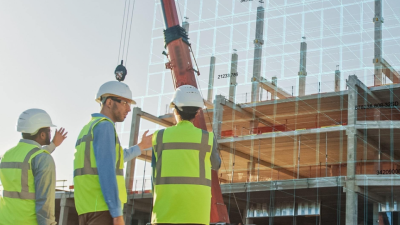
New technologies to improve health and safety performance
Discovering Safety joins forces with Safetytech Accelerator to build a Smarter Regulation Sandbox.
This page is approximately a 3 minute read
This page was published on

The projects were selected following a competitive call for funding on the basis of their potential to use the World Risk Poll data to improve people’s safety, and alignment with the Foundation’s charitable mission. More successful projects will be announced soon, which draw on data the other three 2024 World Risk Poll reports on a range of different safety issues.
Nancy Hey, Director of Evidence and Insight at Lloyd’s Register Foundation, said: “The Lloyds Register Foundation World Risk Poll data shows us the true extent of workplace harm, especially in places where there is little or no official data. It shows us that low reporting rates combine with low safety training rates to hide the extent of the safety challenge.
“This data shows us where the biggest impact can be had on safety globally.
“We are very proud of be supporting this next wave of World Risk Poll into Action projects, which each demonstrate the vital role that data-driven insights can play in transforming workplace safety around the globe. By harnessing Poll data, all four of these initiatives are encouraging meaningful change across industries and regions where the value of effective occupational safety and health training is not yet fully realised.”